

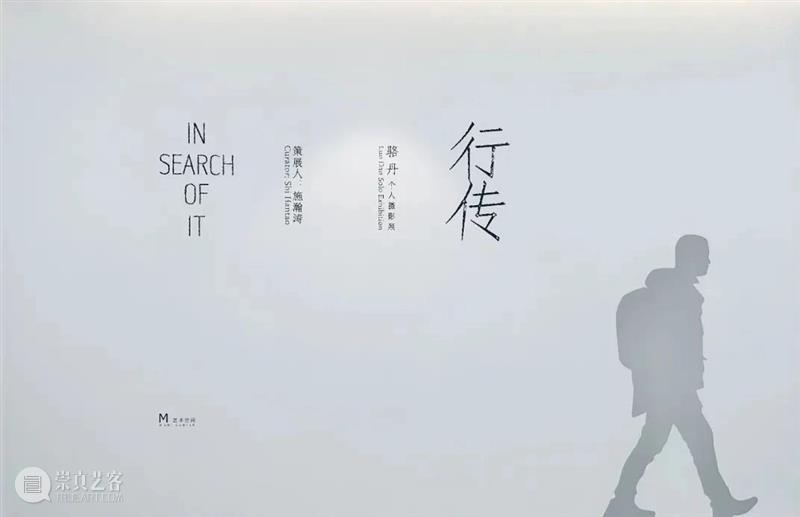
4月22日,骆丹个人摄影展《行传IN SEARCH OF IT》在M艺术空间开幕。本次展出的作品选自《318国道》、《北方、南方》、《素歌》和《无人之境》四个骆丹重要的系列创作。作为骆丹跨度十六年创作的重新整理,此次展览也是一次回顾,跟随骆丹行走的镜头,重溯“一幅当代中国生动的社会肖像”。
以下引用骆丹的创作手记,从艺术家自述和展览现场,重看十余年来的中国社会景观切片,和背后的价值观。

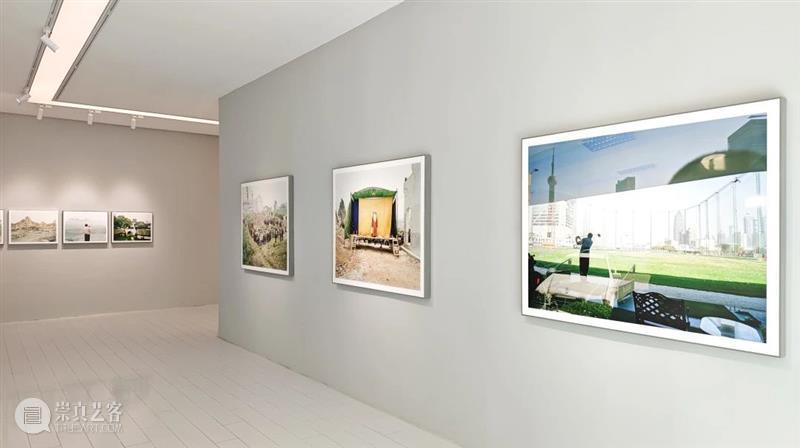
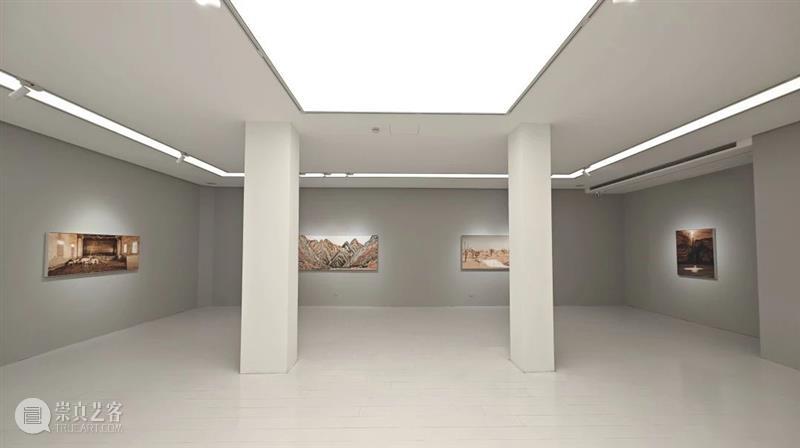
滑动查看更多开幕现场
滑动查看更多开幕现场
01
318国道
China Route 318
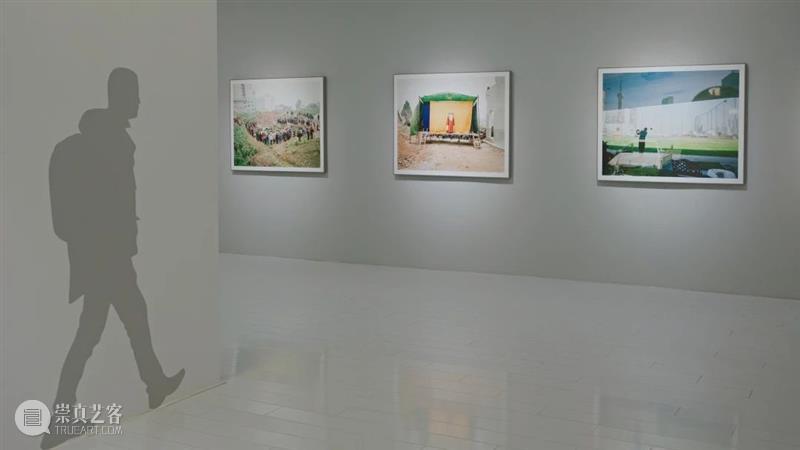
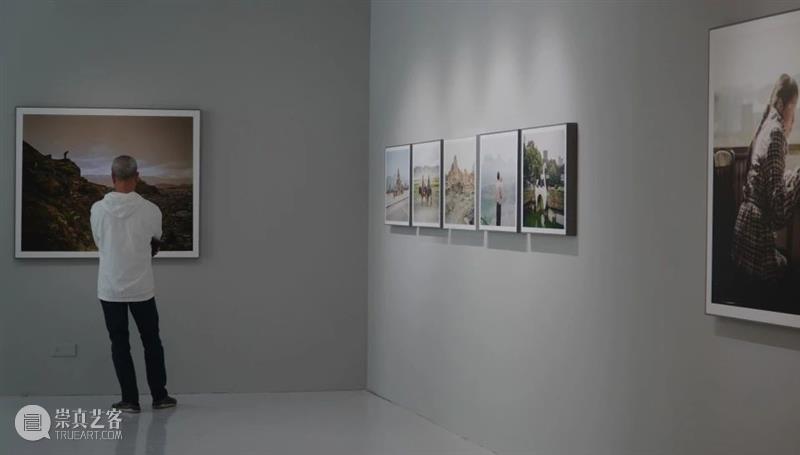
一直迷恋在路上,边走边拍照片,我不是去表现现实世界如何真实,只是想在现实当中去发现找寻,印证属于自己内心的种种迹象。318国道,中国最长的国道,从上海到西藏,2006年,我选择以这条横跨中国东西的国道为线索,拍摄了我的第一个作品,我用了半年的时间,在这条国道上来回走了1万八千多公里,一路上有过无数次偶然的邂逅,遇到的人,看到的景,经历的事,一切都是那么是似而非:在上海,中国最繁华的都市,人们戴着厚厚的盔甲在路上来去匆匆,如同置身于城市的沙漠。西藏这个连氧气都缺少的地方,却处处能感受到人与人之间久违了的温暖。很遗憾,这样的温暖也将随着飞速的经济发展慢慢冷却下来,似乎是必然的趋势。
这些照片完全来自于旅途中的偶遇,游走的过程中,我会拿起我的玛米亚7相机,飞快地按下快门,画面当中的人物与人物之间,人物与环境之间,我与拍摄对象之间存在着微妙的关系。我尽可能的考虑到照片当中的各个元素之间的关系,我想把我看到的东西在二维的空间里延伸出更多的可能性。观看这个凝固的瞬间,会联想到在它之前或是在它之后发生了些什么,就如同一张电影的剧照。这些关系如果说稍微变动一些,那将会有完全不同的效果,因此在拍摄的时候要经过仔细推敲和取舍。拍摄了八千多张底片,最后选出88张照片,就是这个《318国道》。
02
北方,南方
North, South
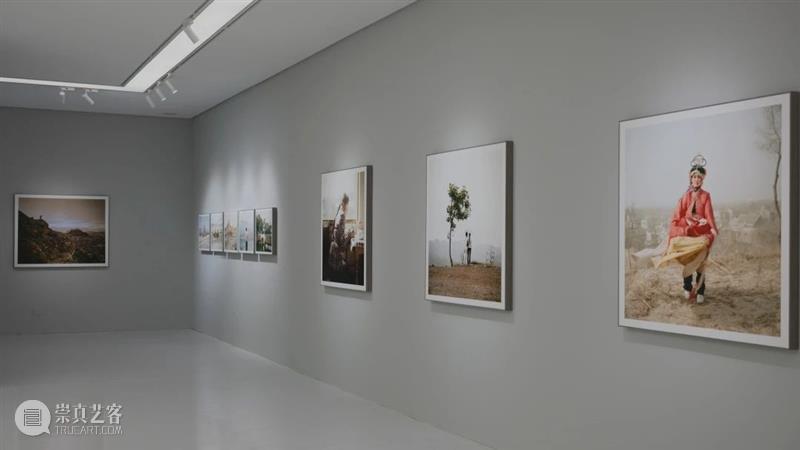
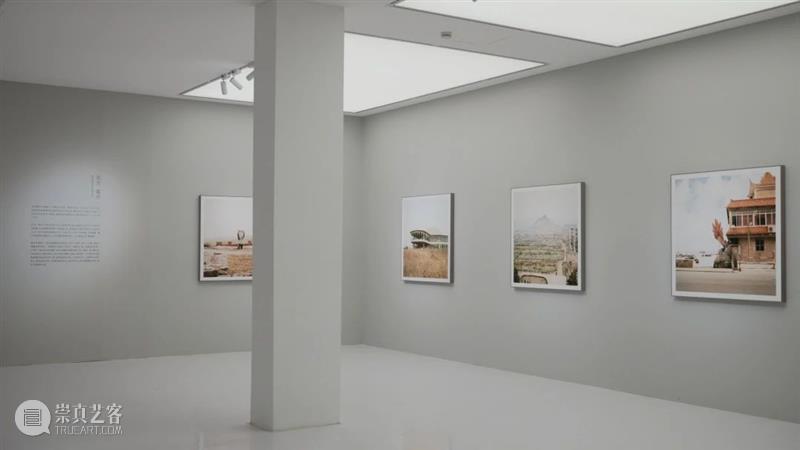
在完成《318国道》一年零四个月后,我再次出发,于2008年1月到8月,从南北方向穿越中国,最北到达辽宁省丹东,最南到达广东湛江。当第二个作品《北方,南方》完成时,我用车轮和脚步在中国的版图上划了一个巨大的“十字”。
《北方,南方》依然是沿用了《318国道》时边走边拍的工作方式,不同在于没有像318国道那样沿着一条国道行走,而是给自己更大的空间,迂回经过了16个省市。相机的画幅也从6×7改为6×6的正方形画幅。方形画幅、集中性更强的拍摄方式,以及对静态氛围的投入,以加强作品的“凝视感”。
漫长的旅程中,我无法清楚地记得经过了多少个城市,多少个乡镇,那些与我擦肩而过的人,在喧闹中过着自己的日子,我穿过人流,观察他们的每一个细节,体会他们的情感。发现了能触动我按动快门的人就拍,我尽量不去打扰到他们,除非我想上前去和他们聊聊。在路上我收集一个个细节和片段,希望通过这些细节和片段,能够显现出在这个巨变的时代,大多数平凡的中国人,被忽视的中国人普遍的精神状态,他们的存在,他们被割断的历史,和并不清晰的未来。
03
素歌
Simple Song
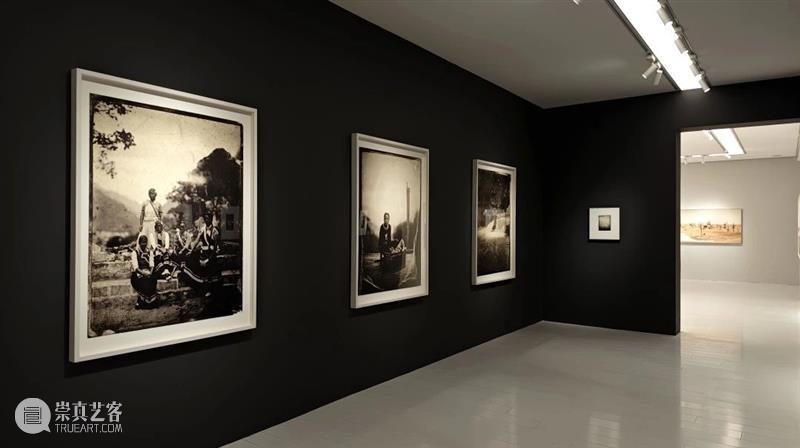
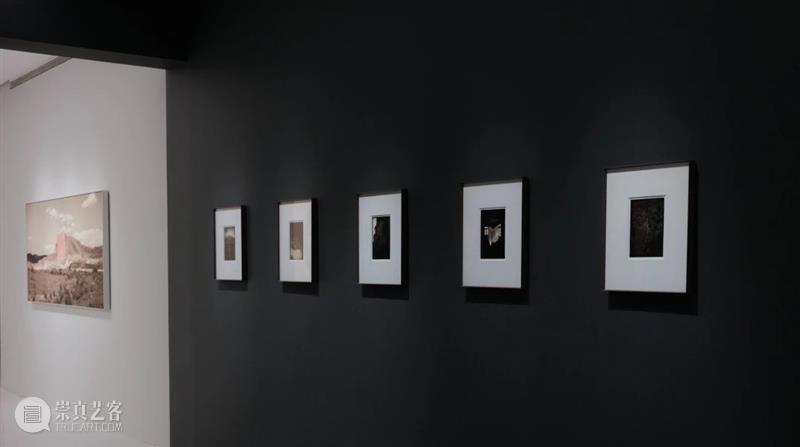
怒江峡谷,位于中国云南省的西部,横断山脉的南端,长约400公里。2000年,怒江峡谷和与它平行的金沙江峡谷、澜沧江峡谷以“三江并流”的名称被联合国确定为人类自然遗产。千百年来,6万傈僳族人和3万怒族人生活在这个峡谷里,他们常年在贫瘠、稀少、分散于山地之上的田地里,用几乎原始的种植方式终年劳碌,换来起码的温饱。一百多年前几位来自英国和美国的牧师将信仰的种子播撒在这里。
今天,这些傈僳人和怒族人坚守着对上帝的虔诚,他们依然贫穷,但内心澄明、欢愉,充满光明。目前,基督徒已占到当地人口的70%。相对于中国当今社会,信仰缺失,物质成为衡量个人命运唯一标准,人们普遍迷失在追求所谓的幸福生活过程中,生活在怒江峡谷的人们提供了一种重要参照。我们拥有的,他们尚未接近,他们拥有的,却早已离我们远去。
基于与当地人共同的信仰和价值观,从2010到2012年,我来到这个峡谷,用一百多年前的摄影工艺(湿法火棉胶玻璃板摄影术)为当地人拍摄照片。相对于现在的数码相机,湿版摄影的过程和工艺极其漫长而复杂。我用一辆面包车改装成移动暗房,便于在拍摄现场将几分钟前拍摄的底片马上冲洗完成。我与被摄者需要事先有很好的沟通,在静穆、诚挚、信任的氛围当中,每一次快门打开都是我们庄严的仪式。我希望用这种几乎与他们原始的耕种方式同样原始的摄影术,去留下那些神奇的灵光,我相信他们是来自上帝的礼物。
04
无人之境
No Man's Land
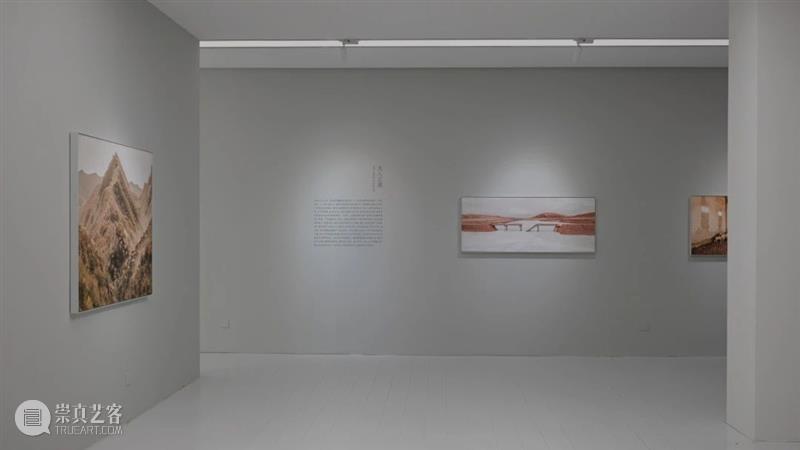
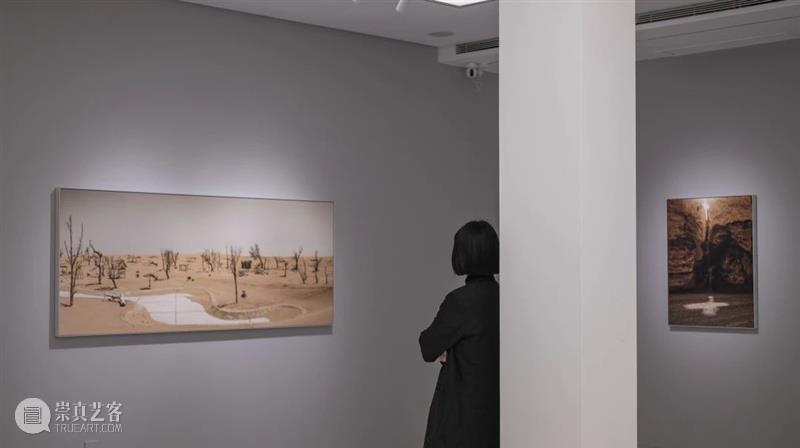
2020年2月初,那是疫情爆发初期的某一天,我站在城市的街道上,四周空无一人,除了我自己。眼前的场景只有在灾难片中才能看到,就在几天前,人们还从这里路过,脚步匆匆朝着自己想去的地方,每个人都有各自的心思,各自的愿望,各自的目标,他们是城市的主体,城市因他们运转,这部永动机有它的运作机制和秩序。一切看上去都是理所当然。突然间,病毒带来死亡恐惧,一切戛然而止。那天,我真正感受到人类的物种危机,站在空荡荡的街头,我意识到人建立起来的秩序并不牢靠。随后,我开始进入中国西部广袤的荒野,那是无人之境。在不同的时间,我们抵达这片荒凉之地,在这里,我们或建造或毁灭,或生或死,对此它毫不在意,它用它的法则在此行事。在亿万年形成的地貌中我寻找人留下的痕迹。它们有的历经千年,有重要历史事件发生,有的只有短短数年,最终都难逃黄沙淹埋。这才是宇宙中主宰万物的绝对秩序,我们因它而生,因它而灭。不过,在大多数时候,我们对它视而不见,只有在巨大的危机当中才会意识到它的存在。
01
China Route 318
China Route 318
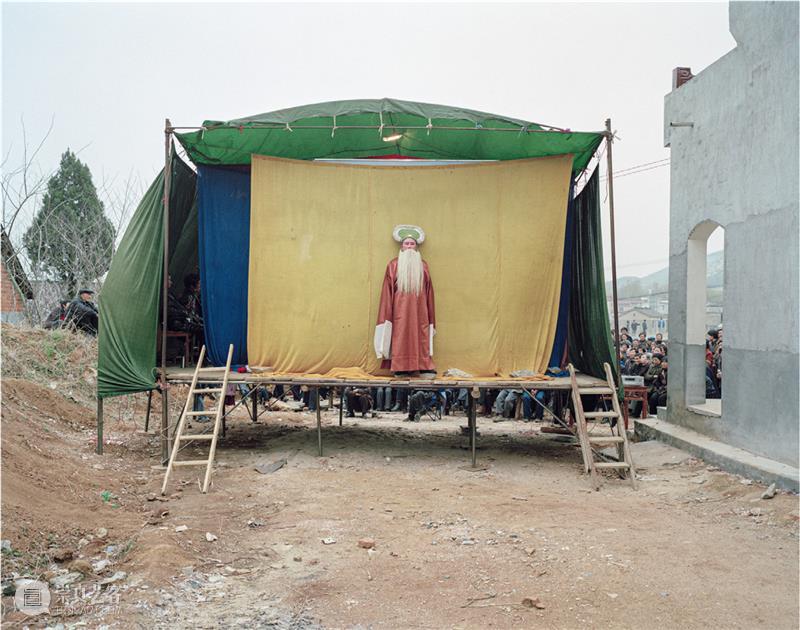
318国道-015 2006年3月22日 安徽怀宁#2
Obsessed of being on the road, taking pictures all the way, I was not trying to demonstrate how real the world is but was merely trying to seek for and prove those pieces of evidences existing in my inner mind in the real world. In 2006, I took the China Route 318, the longest national highway from Shanghai to Tibet, linking China’s east to the west, as the direction for my first piece of work.
The plan was to start my journey from Chengdu, passing Sichuan, Chongqing, Hubei, Anhui, Zhejiang, Jiangsu to Shanghai. Here is the beginning of 318. After this, I should be returning along the same way, from Chengdu to Lhasa, taking the south section of Sichuan-Tibet highway. I would reach the end point of 318 – a small town named Zhangmu, sitting in the border of China and Nepal, passing Shigatse, Gyantse, Tingri, and Nielamu, and return to Chengdu in the end. From February to August, this journey took me half year’s time, with 18 thousand kilometers in total for a return trip on this national highway.
These photos were totally taken by chances; along my journey, I would take some quick shots pressing the shutter of my Mamiya 7 any time. A subtle relationship exists between the people, the environment and me in these photos. I tried my best to take every element into consideration, in the structure of my picture; what I was trying to do was to show the most possibilities of things I could see in the extension of a 2D space. Displaying on these photos are still moments that remind me of what had happened and what would happen, like the stage photo of a movie; one slight change in the relationship could totally alter the effect it expressed. Therefore, I had to carefully adjust and weigh all the elements in the frame. 88 photos were finally chosen out of over 8000 ones, as the series of “China Route 318”.
02
North, South
North, South
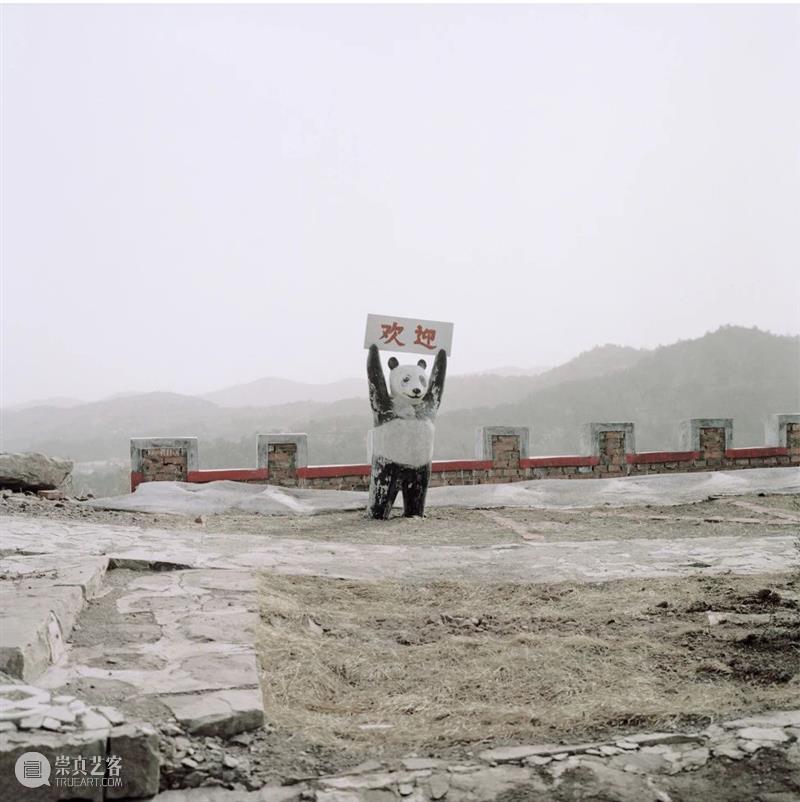
北方,南方-046 2008年3月1日 山西昔阳
2008,100*100cm
After finishing “China Route 318” for one year and four months, I started my journey again; from January to August 2008, I walked across China from south to north – to Dandong in Liaoning province in the north and Zhanjiang in Guangdong province in the south. By the time my second series “North, South” finished, my footsteps and wheel prints had made a huge ‘cross’ on the map of China.
“North, South” took the same working method as “China Route 318” which was travelling while photographing. But unlike “China Route 318”, I did not stick to one route all the way; I went back and forth covering 16 cities and provinces, allowing more space for my creation. The frame of my camera was also set from 6×7 to 6×6 in square.
During this long journey, I could not clearly recall the number of the cities, towns and villages that I had passed, nor could I remember all the faces I ever came across; they were living their own life in the hustle and bustle. I pushed through the crowds, observing every detail of their movement and feeling their emotions; I pushed the button of my camera for every touching moment; I tried to stay detached, unless I was intended to meet and talk with them. By showing these fragments of people and things I collected along my journey, I hope to picture out the general mentality, the existence, the interrupted history and yet unclear future of ordinary people, who constitute the majority of Chinese, but have been lost in this era of momentous changes.
03
Simple Song
Simple Song
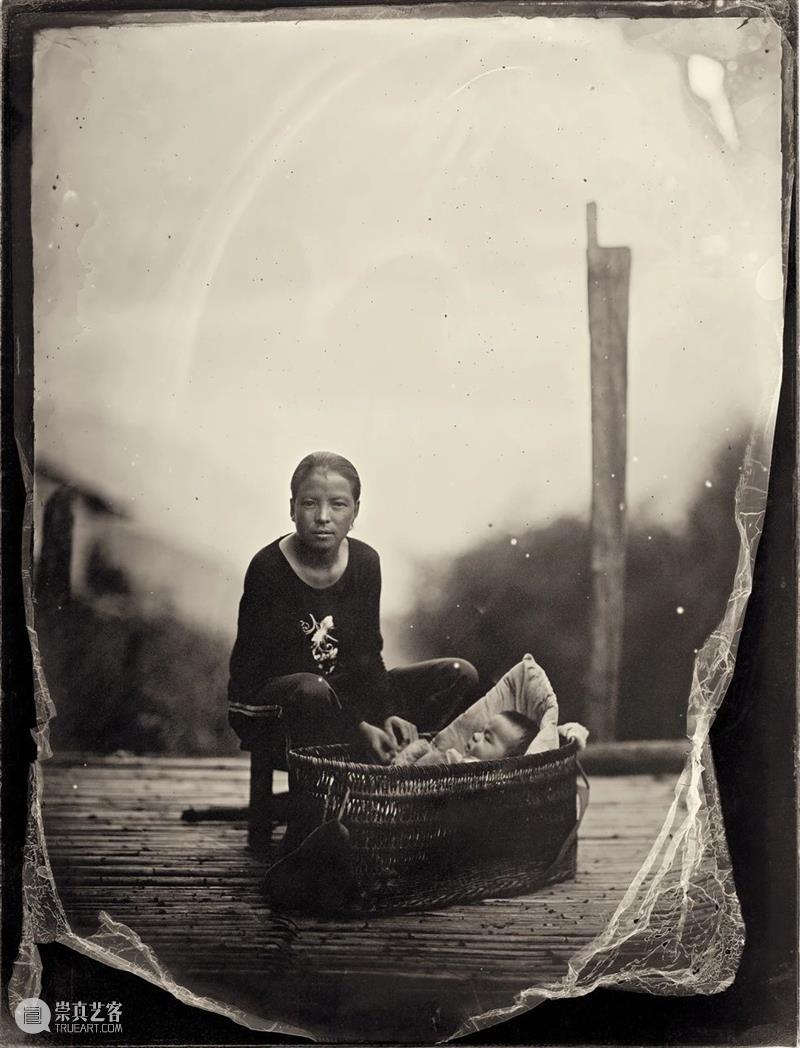
素歌005 何玉娟和儿子何圣洁,老姆登村
2010, 100*130cm
The Canyon of Nujing River, located in the west of Yunnan Province, China, to the south end of the transverse mountains, stretches over 400 kilometers. Together with the Canyon of Jinsha River and the Canyon of Lancang River, they form what we call the “Three Paralleled Rivers” which is granted the title of Natural Heritage of Human by the United Nations. From thousands of years ago, 60 thousand Lisu and 30 thousand Nu minorities have been living there; in exchange of the most basic food and clothing, they are working arduously all year round in the barren, scarce and scattered fields distributing on the mountains, applying the most primordial way of farming. Over a hundred years ago, few priests from Britain and America brought here the seed of religion.
Today, the Lisu and Nu minorities are still maintaining their devoutness to God; yet still being deprived in living, they are clear, content and bright in mind. Currently, 70% of the local inhabitants are Christians. In this highly material-oriented society of China, people of the Canyon of Nujiang River have provided an important reference to those who are lacking of beliefs and are lost in the pursuit of their so called happiness. However, tranquil life dose not mean they can be free of threats; there is news that Nujiang River’s rich hydropower has been targeted by the capitals. Construction of a large-scale cascade dam has been brought on the agenda. Until then, the wave of an upheaval will strike the local, just as what has happened to Lancang River and Jinsha River in the past.
Based on the shared belief and value with the locals, I came to this canyon from 2010 to 2012; I used the photography technique of a hundred years ago (wet plate collodion) to take photos of the locals. Compared to the modern digital cameras, the procedure and process of wet plate are time consuming and complicated. My mobile darkroom was transformed from a minibus, which allowed me to timely develop the films at the scene within minutes. Of course, I always had good communication with people in my photos, in this quite, still and honest atmosphere, every press of the camera button was like a sacred ceremony. I hoped this primordial way of photography could relate to their same primordial way of farming, to keep every moment of this miraculous brightness. I believed that they were gifts from God.
04
No Man's Land
No Man's Land
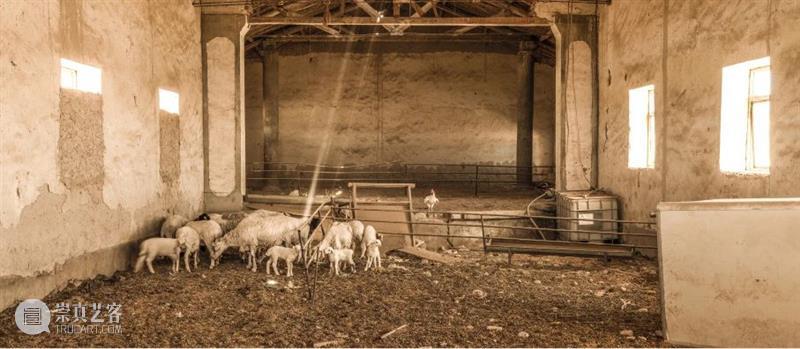
无人之境No.48
2021, 150*65.7cm
At the beginning of February 2020, it was one day at the beginning of the outbreak of the epidemic. I stood on the street of the city and there was nobody around except myself. The scene in front of us can only be seen in the disaster film. Just a few days ago, people were passing by here and hurried to the place they wanted to go. Everyone had their own thoughts, wishes and goals. They were the main body of the city. Because the city operated, this perpetual motion machine had its operating mechanism and order. Everything seems to be taken for granted. Suddenly, the virus brought the fear of death, and everything stopped suddenly. That day, I really felt the species crisis of human beings. Standing on the empty street, I realized that the order established by human beings was not reliable. Later, I began to enter the vast wilderness in western China, which was a land of no one. At different times, we arrive in this desolate land, where we either build or destroy, or live or die, which it does not care about, it uses its laws to do things here. In the landscape formed over hundreds of millions of years, I look for traces left by people. Some of them have experienced thousands of years and important historical events have occurred. Some of them have been buried in the Yellow Sand for only a few years. This is the absolute order that dominates all things in the universe. We are born and perish because of it. However, most of the time, we turn a blind eye to it, and only in the midst of a huge crisis will we realize its existence.
艺术家Artist
骆丹Luo Dan
1968年出生于中国重庆,1992年从四川美术学院毕业。现在生活工作于中国四川成都。
骆丹已是多个摄影奖项的获得者,包括因《素歌》系列获得第七届AAC艺术中国·年度影响力-摄影类大奖(2013年);2011年,他荣获候登科纪实摄影奖、并被评为大理国际摄影节的最佳新锐摄影师,TOP20-2011中国当代摄影新锐;他还曾因《北方,南方》系列作品获得连州国际摄影年展的年度杰出艺术家金奖(2008)。除此,骆丹《素歌》系列作品之《素歌之二十五:敲钟的约翰》被收入Phaidon出版的《The Photography Book》(2015,第二版-难以逾越的作品集),此书“收入超过550张来自十九世纪中期至今的世界最佳摄影作品”。
Luo Dan was born in Chongqing in 1968 and graduated from the Sichuan Fine Art Academy in 1992. He is the recipient of several photography awards, including the prestigious Art Award China (AAC) for Photography Artist of the Year 2013, for his Simple Song series; the 2011 Hou Dengke Documentary Photography prize; the Best New Photographer award at the Dali International Photography Festival (2011); the Gold Award for Outstanding Artist at the Lianzhou International Photography Festival (2008) for his North, South series. In addition, one of the images from Luo Dan’s acclaimed Simple Song series ("Simple Song No.25: John Ringing The Bell") was included in the second edition of Phaidon’s The Photography Book (2015), “an unsurpassed collection of more than 550 superb images that represent the world’s best photographers from the mid-nineteenth century to today”. He currently lives and works in Chengdu, China.
策展人 Curator
施瀚涛 Shi Hantao
策展人和写作者。曾担任第12届上海双年展项目总协调,在爱普生影艺坊、上海外滩美术馆、新时线媒体艺术中心、瑞象馆、上海种子等机构和项目中工作。长期从事艺术展览及公共文化活动的策划和组织。写作及翻译工作主要涉及摄影、当代艺术以及艺术体制研究等领域。
Curator and writer. He was the Chief Coordinator of the 12th Shanghai Biennale, and used to work at EPSON Image Space, Rockbund Art Museum, Chronus Art Center, Ray Art Center and Shanghai Project. He has curated and organized exhibitions and public programs in various art organizations during last two decades. His writing and translation work covers the fields of photography, contemporary art and institutional studies.
行传
骆丹个人摄影展
IN SEARCH OF IT
艺术家|Artist 策展人|Curator
骆丹 LuoDan 施瀚涛 Shi HanTao
展期|Duration
2023.4.22-2023.6.30
周二-周六 10:30-18:30
Tuesday-Saturday 10:30-18:30
地址|Address
上海市莫干山路50号2号楼1楼
1F,Block2, 50 Moganshan Road, Shanghai
节假通知
Holiday Announcement
劳动节期间,M艺术空间开放时间:
4/29 10:30~18:30
4/30 闭馆
5/1~5/3 13:30~18:30
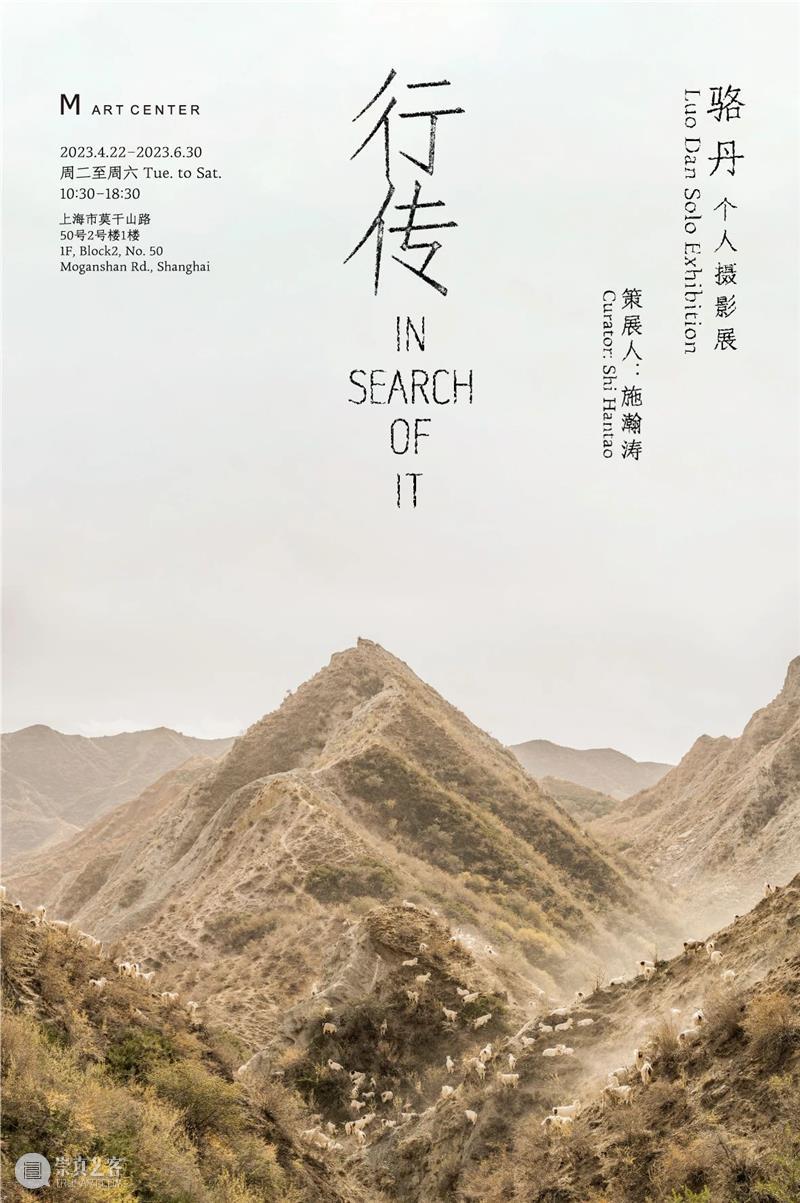
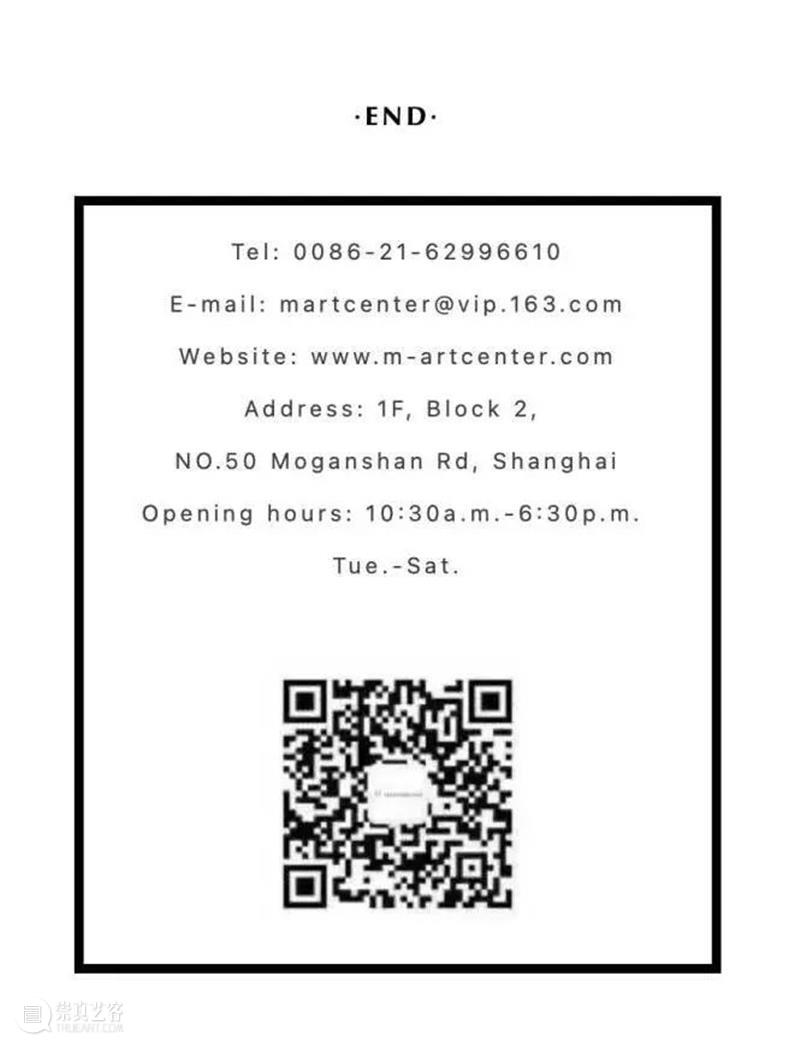


已展示全部
更多功能等你开启...
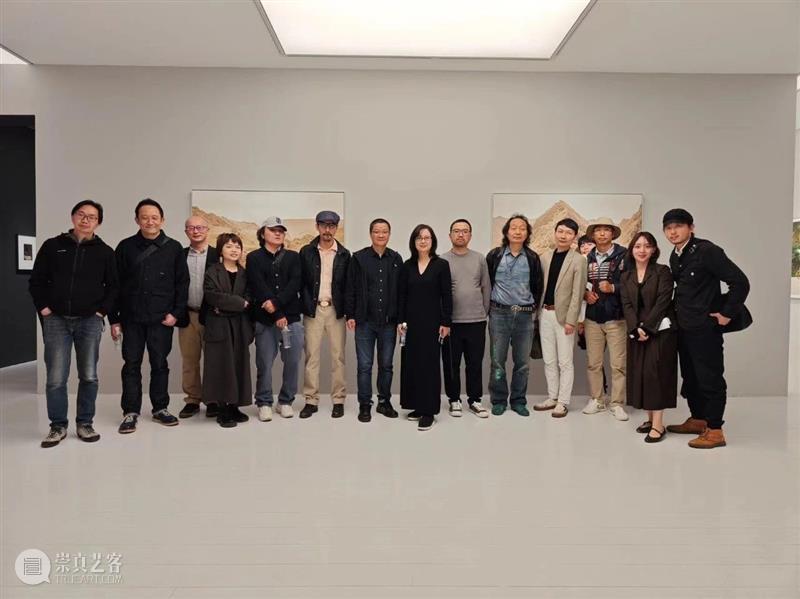
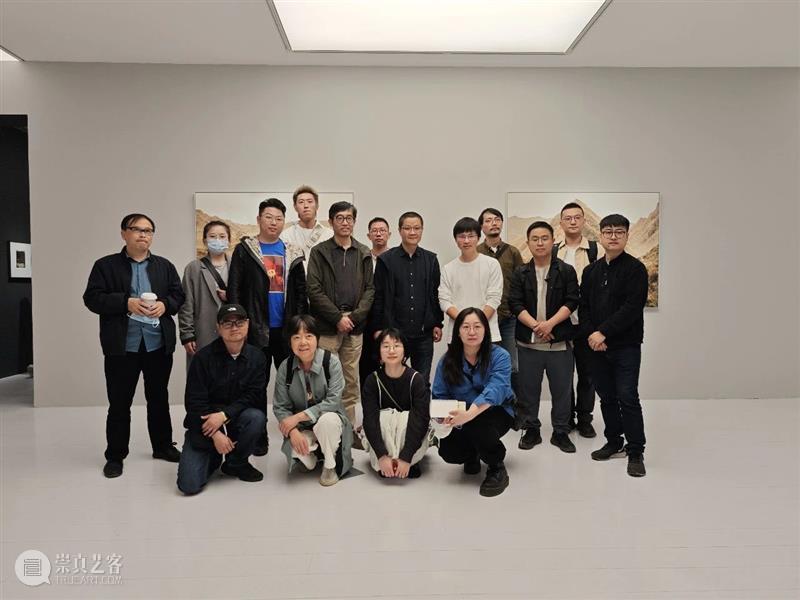
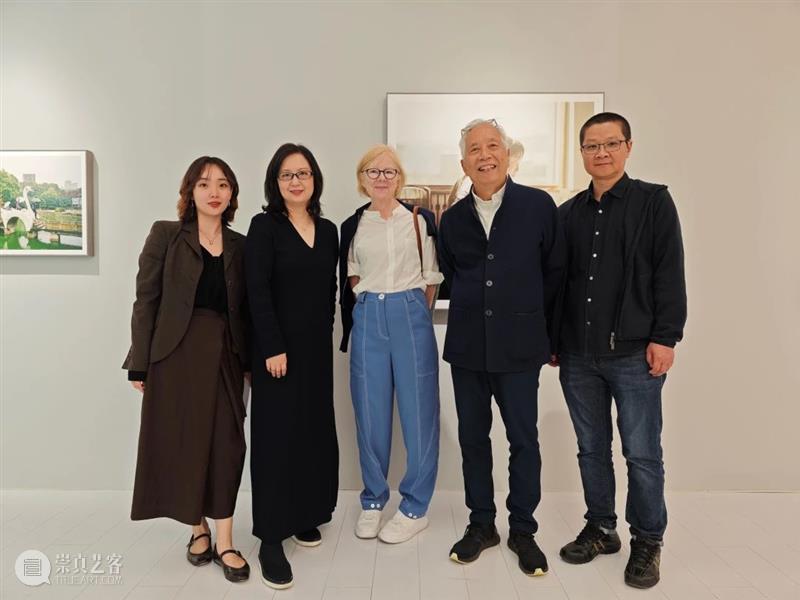
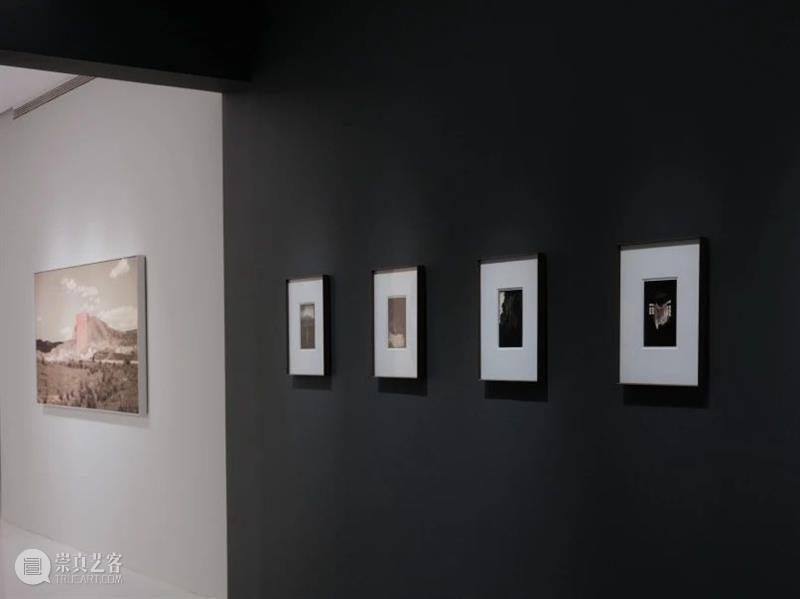
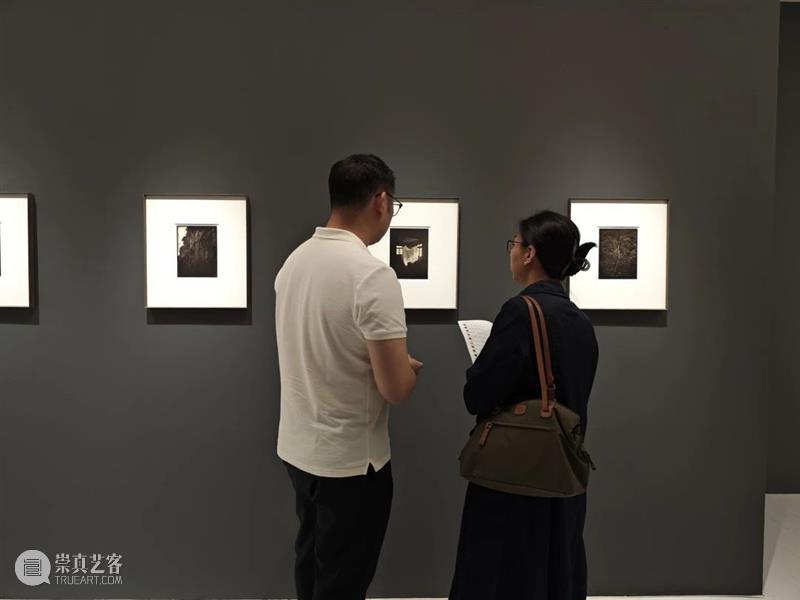
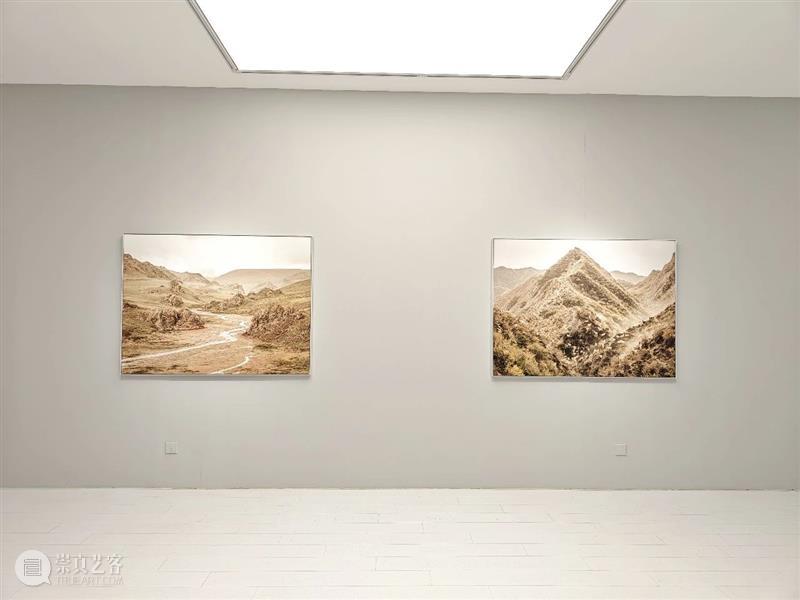
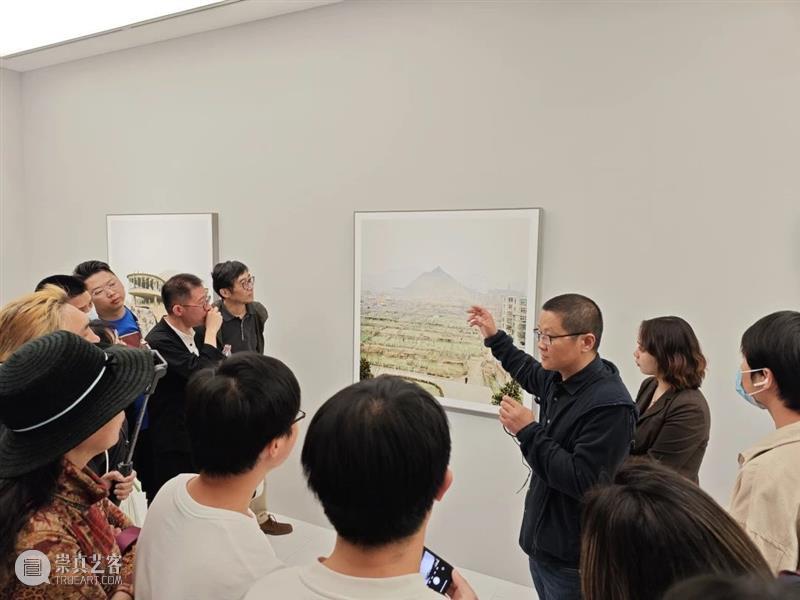
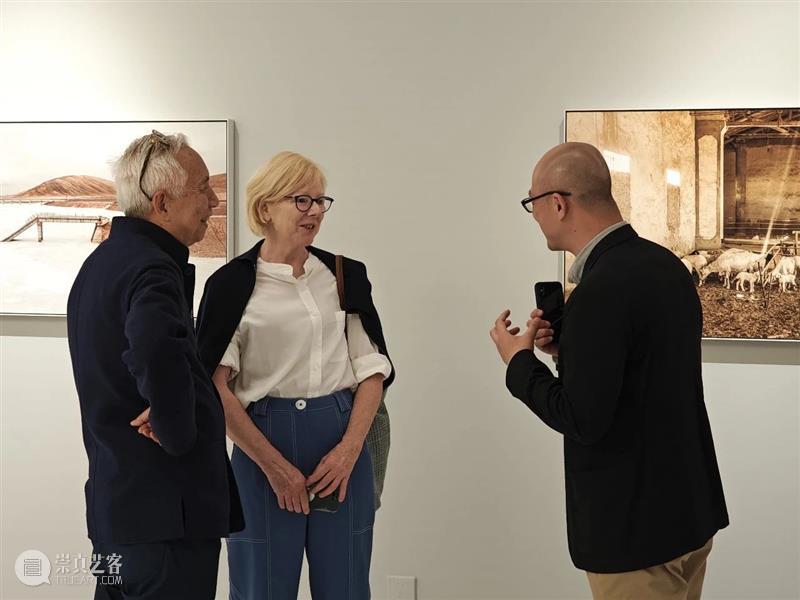
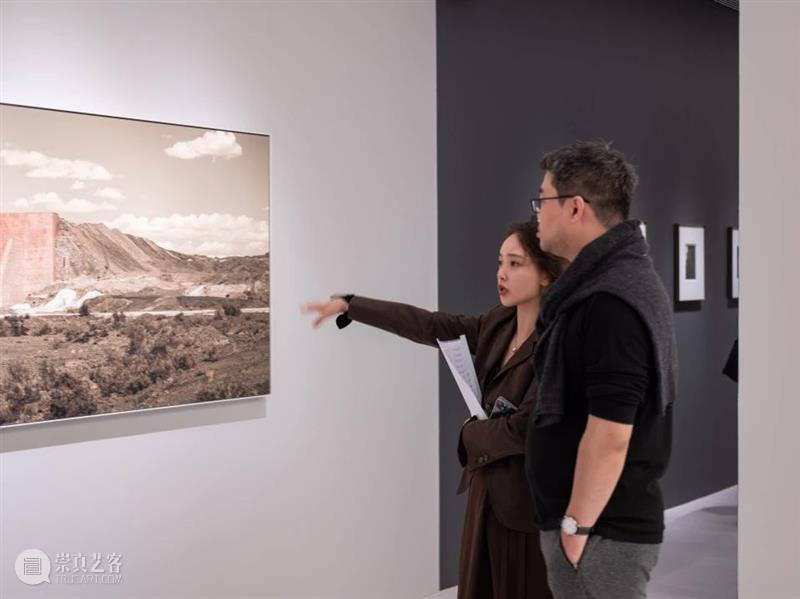
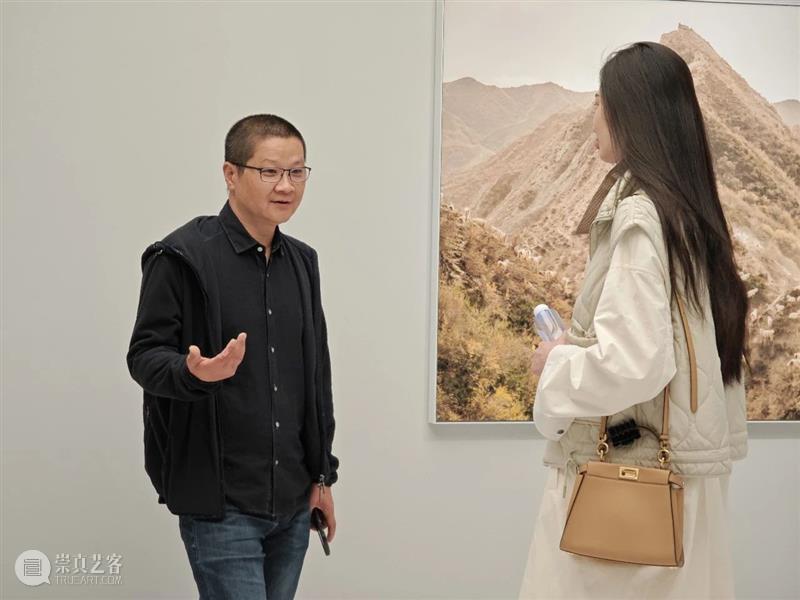
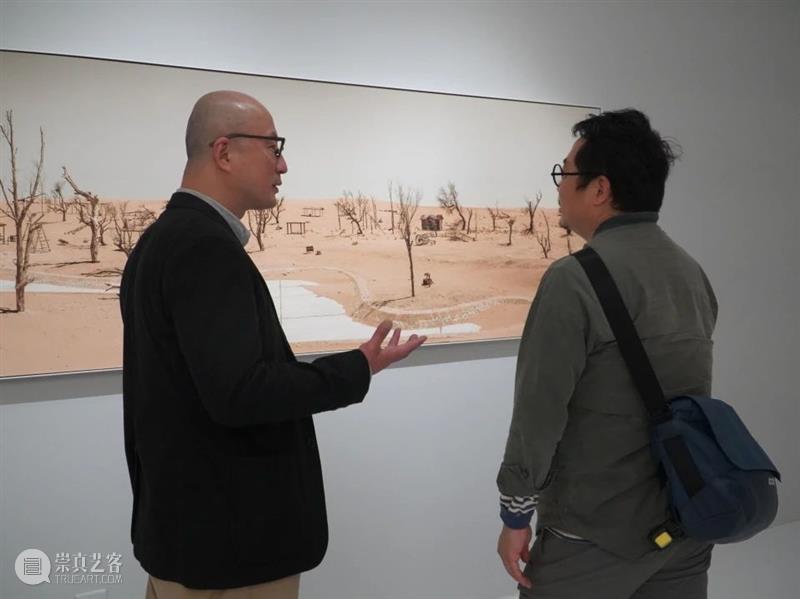
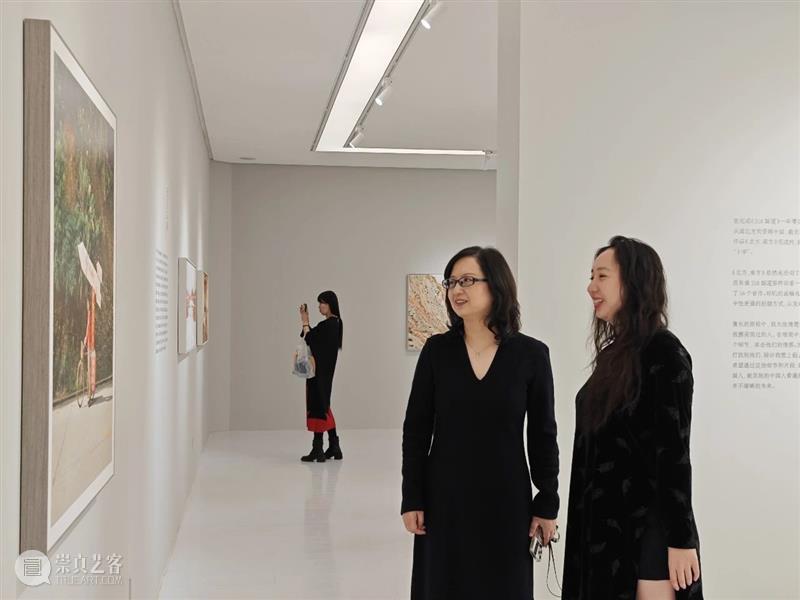
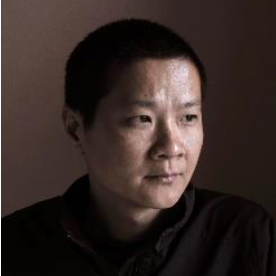
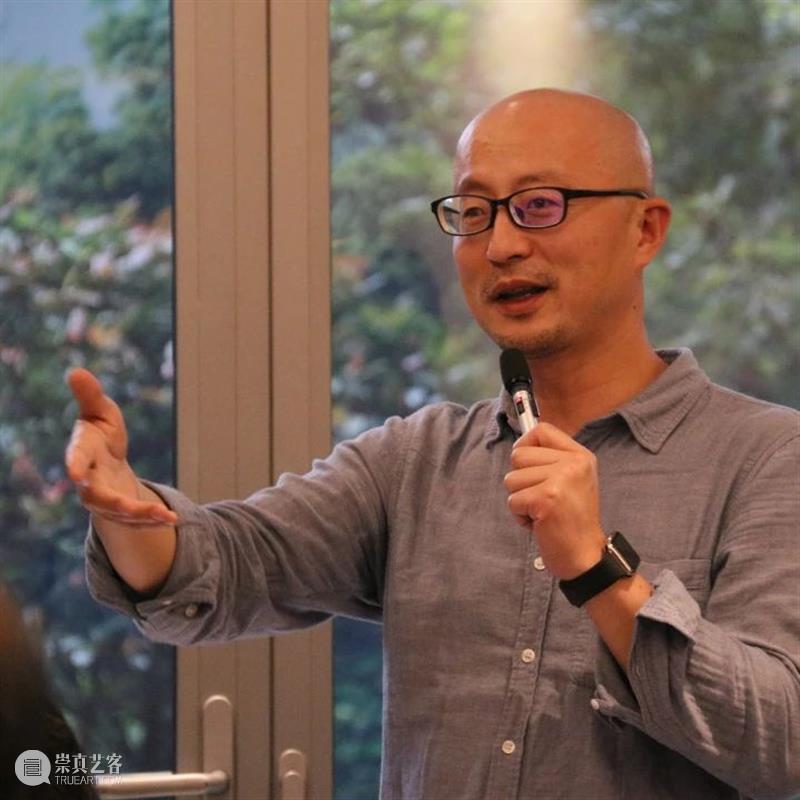





 分享
分享